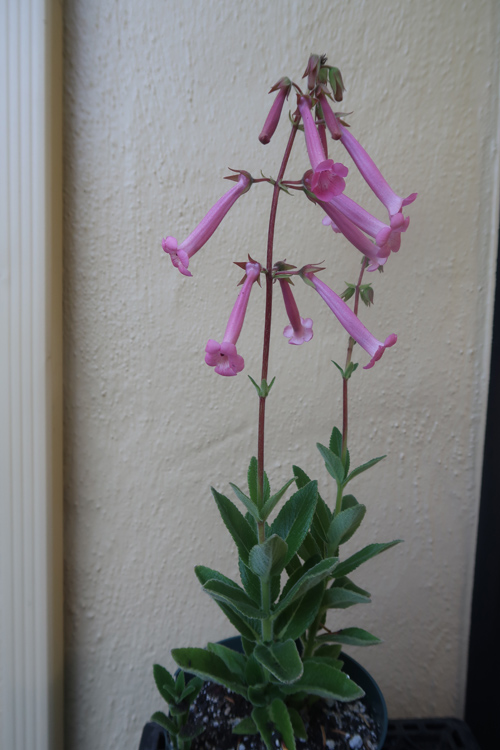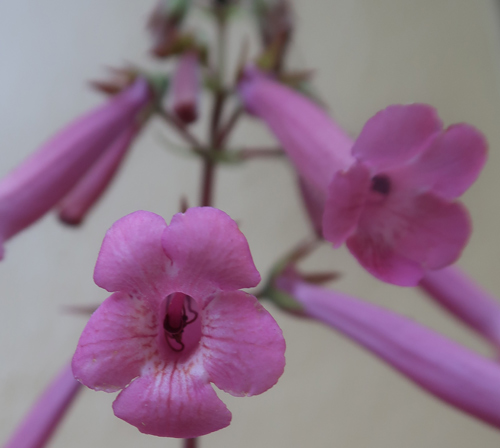
Although I do not have a surviving plant of this species, a seedling from a cross of this species with S. tubiflora is still alive. Unfortunately I do not remember where I got the seed.

| Species list |
Hybrids list |
Tubers list |
Topics list |
Site index |
What's new |
Home page |
|
Sinningia incarnata is the most widespread of all the sinningia species, and the only Sinningia species occurring naturally north of the Isthmus of Panama: its range extends into Mexico. It is one of the tall species found in meadows and similar situations with lots of sun. I had one seedling, but it went dormant and never revived. A table compares this species with S. elatior. |

|
Although I do not have a surviving plant of this species, a seedling from a cross of this species with S. tubiflora is still alive. Unfortunately I do not remember where I got the seed. |

|
| Plant Description |
|
| Growth | Indeterminate |
| Habit | Stem upright, tall. |
| Leaves | |
| Dormancy | |
Flowering |
|
| Season | My seedlings never bloomed |
| Flower | Red, tubular |
Horticultural aspects |
|
| Hardiness | |
| Recommended? | No, unless you're a real expert. I have not been able to keep this species alive, despite its botanical interest. The hybrid is attractive, though. |
Botany |
|
| Taxonomic group | The core group of the Corytholoma clade. |
See a page on Mauro Peixoto's website.
PublicationSinningia incarnata was first published (as a Besleria) in 1775 by Carl Jean Baptiste Christophore Fusée Aublet (1720-1788). After acquiring a daunting list of synonyms, it was finally transferred to Sinningia by Denham in 1974. Etymology: from Latin incarnare ("to make flesh"), from carn- ("flesh", nom. sing. caro), found in words like carnation, carnivore, carnival, carnal, and (via French) carrion and charnel. |